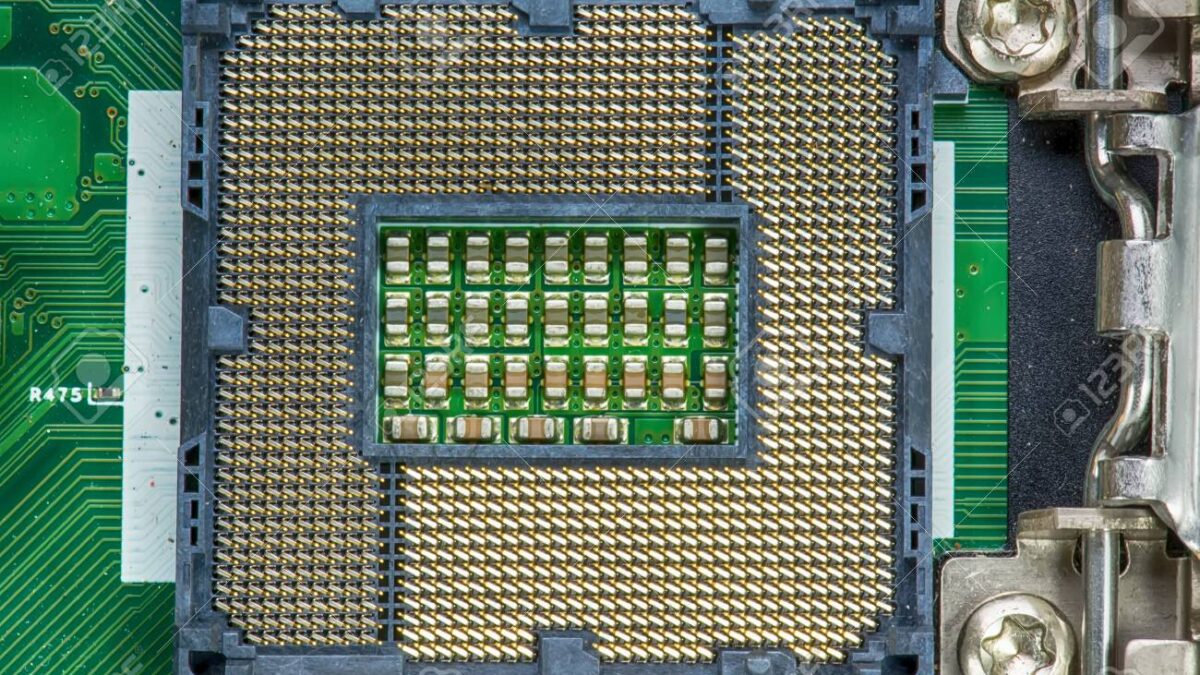A precise power supply provides constant heat to the flow detection element.
When the fluid is still, the temperature measured by the two sensors is the same. When the flow rate increases, heat is transferred from the upstream sensor (T1) to the downstream sensor (T2). A bridge circuit interprets the temperature difference between the two, and an amplifier provides a flow output signal. The temperature difference between the two sensors is proportional to the mass flow.
Due to the excessive heat conduction at a large flow rate, the basic CTMF flowmeter can only accurately measure very low flow rates. Therefore, the CTMF flowmeter is often used in conjunction with a laminar flow element. Laminar flow elements are placed in the main pipe to produce a small pressure drop. The two ends of the capillary are connected to the inlet and outlet of the laminar flow element, creating a smaller split flow through the capillary. This structure can ensure that a fixed ratio of the total airflow flows through the capillary for measurement. The heater and temperature sensor are usually placed on the capillary tube instead of the main pipe. But in some other structures, the sensor is placed directly on the main pipe, that is, there is no capillary or laminar flow element.
Although CTMF flowmeters can be equipped with flanged pipe joints, they are usually equipped with threaded pipe joints. This kind of CTMF flowmeter is usually matched with the flow controller downstream of the detection element to become a mass flow controller. The electronic interface is located in the same unit as the bypass circuit.
Mass flow meters are classified into thin tube type (also called capillary type) and small type according to the inner diameter of the measuring tube. The small measuring tube instrument has only straight tube type with an inner diameter of 4mm; the thin tube type measuring tube has an inner diameter of only 0.2~0.5mm, and the larger one is 0.8~1mm, which is very easy to block and is only suitable for purifying dust-free gas. The thin tube type instrument also has a thermal mass flow controller with a regulating unit and a control valve. Therefore, high- and medium-pressure (generally above 0.1MPa) pure nitrogen (high-purity nitrogen with a purity of 99.99%) is required as the medium when testing this type of flowmeter. Generally, mass flow meters have two display modes: mass or volume under standard conditions (0℃, 101325Pa).


